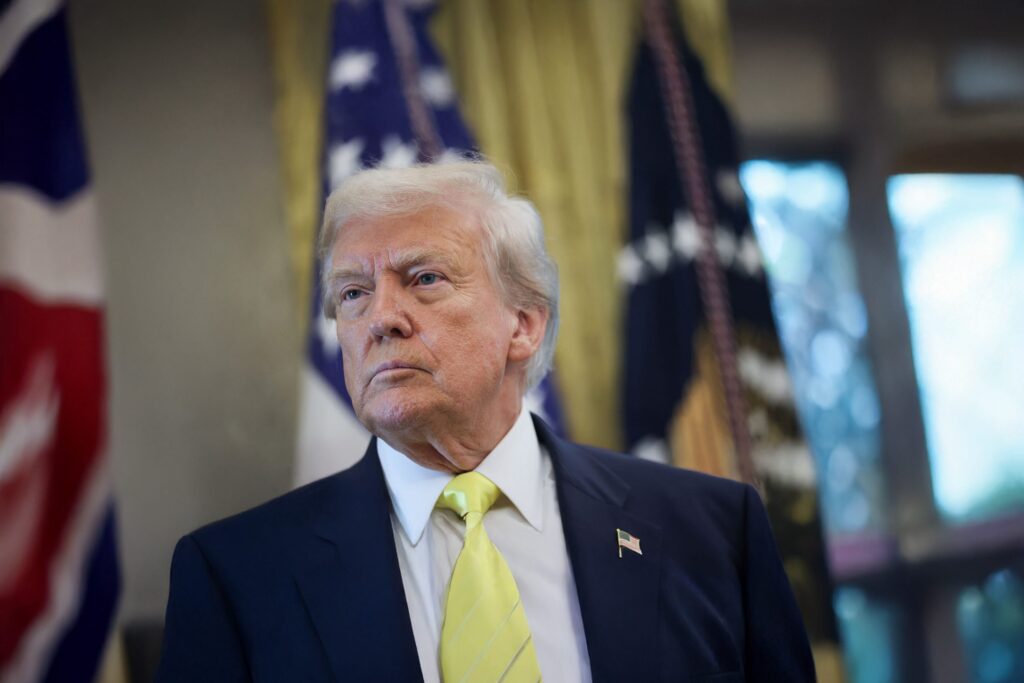A surprise phone conversation between US President Donald Trump and Russian President Vladimir Putin on Thursday threw Kyiv into confusion. The two leaders agreed to meet soon to discuss the war in Ukraine—a move that caught Ukraine’s leadership completely off guard.
The timing couldn’t be worse. Within 24 hours, Russia had unleashed dozens of missiles and more than 300 drones across Ukraine. Civilian infrastructure took heavy damage, hitting gas pipelines just as cold weather sets in. Power outages now sweep the country as strikes cripple the energy grid.
Moscow’s strikes mask growing weakness
For Ukrainian officials, this new wave of attacks signals Russian frustration. The frontlines remain deadlocked, with both armies suffering massive losses for small territorial gains. Meanwhile, Ukraine’s drone campaign on Russian oil facilities is inflicting visible damage on Moscow’s economy.
President Volodymyr Zelensky hoped his trip to Washington would secure more American weapons to keep the pressure on Russia. Before takeoff, he sounded upbeat. He even hinted that Trump was starting to view the war through Ukraine’s eyes—a major shift from February’s tense Oval Office meeting, when Trump accused him of “gambling with World War Three.”
The promise of Tomahawk missiles
After the failed Trump-Putin summit in Alaska and Russia’s intensifying bombardment, many in Kyiv believed Trump was running out of patience with his “good friend” Putin. Zelensky’s team expected that the White House meeting could finally deliver approval for long-range Tomahawk missiles.
Trump’s tone last week fed that optimism. “Do they want Tomahawks going in their direction? I don’t think so,” he said. Yet experts warn that such missiles might not immediately shift the war’s momentum. Their deployment would take months due to logistical challenges.
Still, the Tomahawks would dramatically extend Ukraine’s reach and send a strong message to Moscow about changing US priorities.
A phone call that stole the spotlight
The two-and-a-half-hour Trump-Putin call happened while Zelensky was flying to Washington. The timing undercut his carefully prepared moment on the global stage. Despite the blow, Zelensky tried to sound confident. Upon landing, he said the Kremlin was “rushing to renew dialogue” because of the growing talk about Tomahawks.
Others saw a familiar pattern. The Kremlin confirmed that Russia requested the call. Putin warned that sending Tomahawks would be a serious provocation. The two leaders also discussed what Moscow described as “colossal prospects” for trade if peace talks succeeded.
They agreed to meet in Hungary within two weeks. Trump later called the conversation “very productive.”
A cold season of doubt
As Ukraine heads into its fourth wartime winter, few citizens trust Trump’s ability to bring peace. One woman injured in a Russian missile strike on a train carriage summed up the feeling from her hospital bed: “A person like Putin can’t be trusted.”
Upon his arrival in Washington, Zelensky met defense industry representatives producing the weapons Ukraine needs most. He will still push for the Tomahawks, though the odds appear slimmer than before.
A familiar diplomatic loop
Each time Trump grows angry with Putin, the Russian leader finds a way to calm him. Every personal exchange seems to ease tensions and stall tougher US action. Putin’s charm repeatedly turns threats of sanctions or stronger aid into softer rhetoric.
The planned Hungary summit, offered without conditions, suggests Washington’s patience hasn’t worn thin. For now, Zelensky’s hopes for long-range missiles are slipping away. Instead of an arms breakthrough, he faces a diplomatic setback that could redefine Ukraine’s fragile position in the war.


